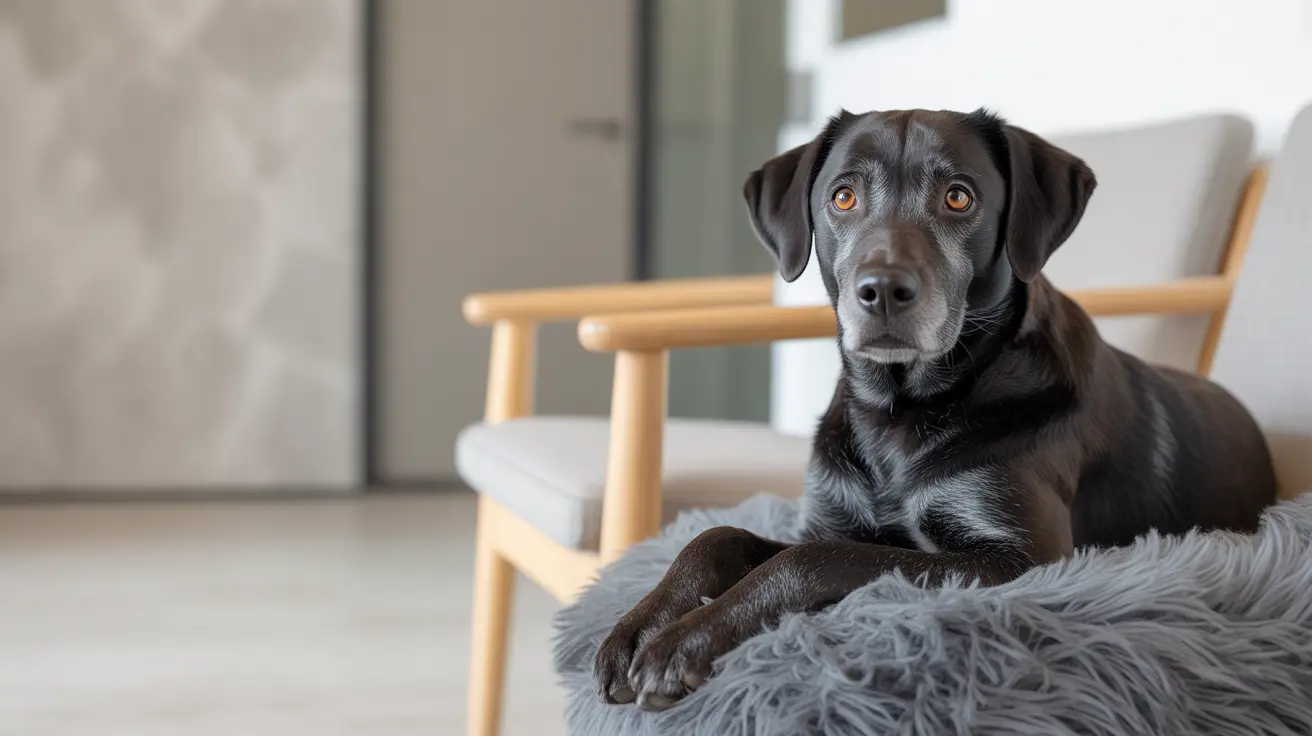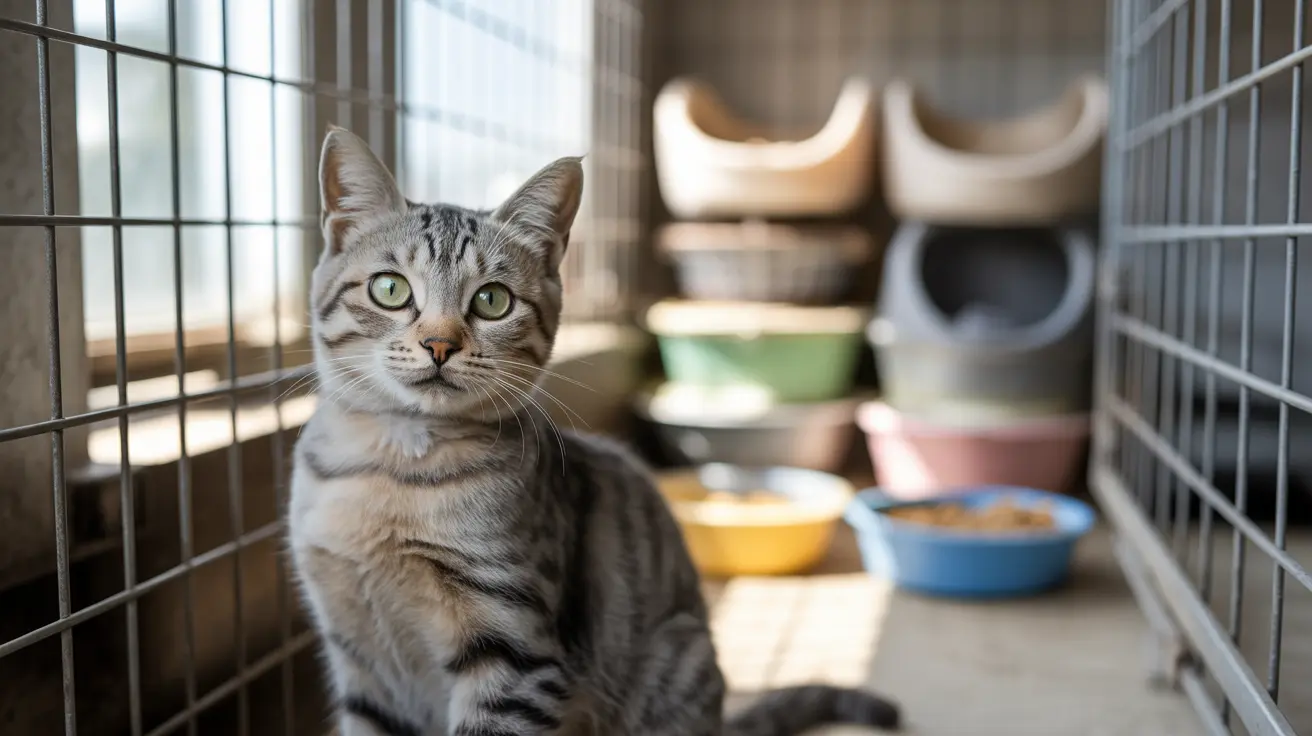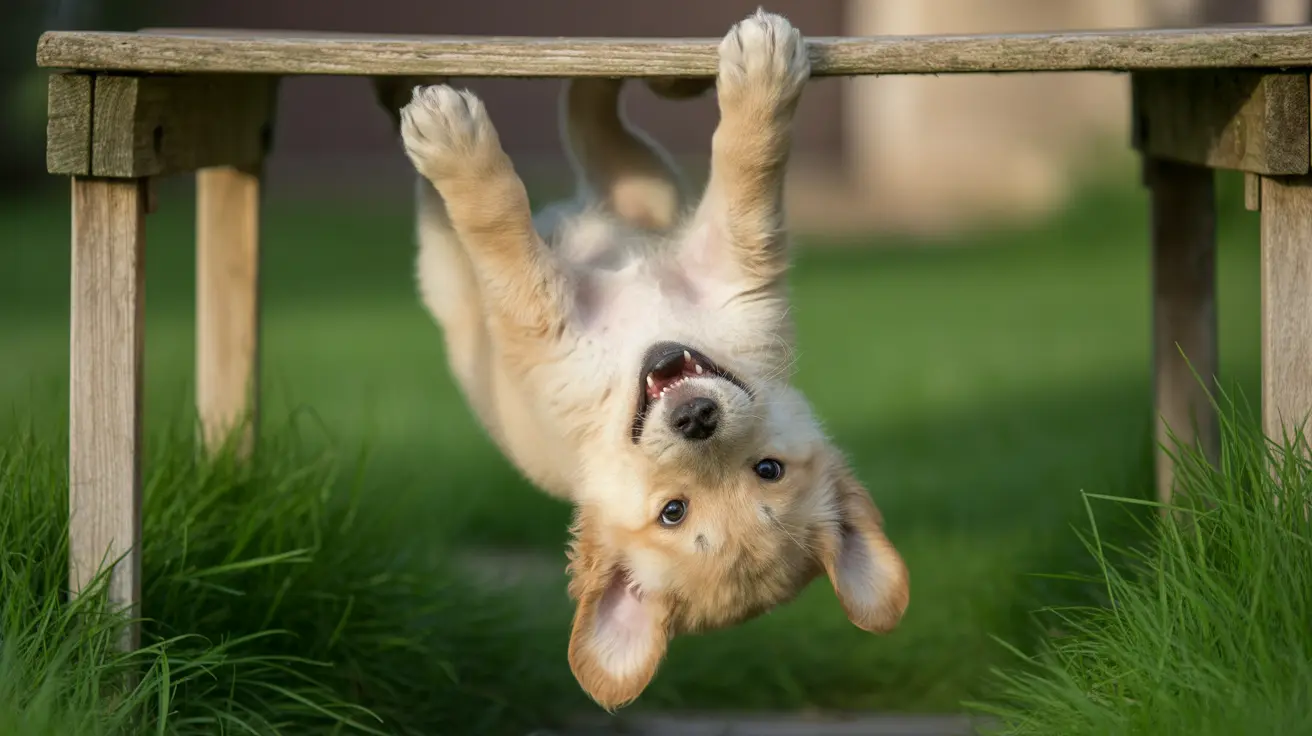Understanding Why Your Dog Becomes More Aggressive with Age
As dogs grow older, many pet owners notice a change in their behavior — including increased aggression. While this can be surprising or concerning, there are several underlying causes rooted in physical, psychological, and environmental factors.
1. Health-Related Issues
One of the primary reasons for a change in temperament in older dogs is health deterioration. As dogs age, they are more likely to develop health complaints such as:
- Arthritis or joint pain, which can make physical contact uncomfortable or painful.
- Dental disease causing chronic pain.
- Gastrointestinal issues or internal organ discomfort.
- Thyroid imbalances, especially hypothyroidism, which is linked to behavior changes.
In these cases, dogs may growl, snap, or show aggression as a defense mechanism to avoid pain or discomfort.
2. Cognitive Decline
As they age, dogs can suffer from Canine Cognitive Dysfunction (CCD), similar to dementia in humans. Symptoms may include:
- Increased confusion or disorientation
- Changes in sleep patterns
- Decreased interest in affection or play
- Heightened anxiety or agitation
This cognitive decline can cause dogs to feel vulnerable and threatened by routine stimuli, leading to behavioral shifts such as aggression.
3. Sensory Losses
Decreased vision, hearing, or smell can significantly affect a dog’s perception of its environment. If a dog cannot see or hear a person or another pet approaching, it may react aggressively out of surprise or fear. These sensory losses can also increase anxiety, contributing to irritability and defensiveness.
4. Decreased Tolerance
Older dogs may grow less tolerant of activity and noise, especially in multi-pet households or around small children. As fatigue and discomfort increase, they might show signs of aggression when pushed beyond their comfort zone. Even previously enjoyed interactions can become overwhelming.
5. Behavioral Reinforcement
Sometimes, subtle signs of discomfort or anxiety in dogs go unnoticed, and aggressive behaviors become inadvertently rewarded. For example, if growling results in being left alone, the behavior may persist and escalate. Over time, dogs learn that aggression is an effective way to manage their interactions.
6. Fear and Anxiety
With age, fears of abandonment, unfamiliar environments, or loud sounds may intensify. Dogs become more set in their routines, and any disruption can cause anxiety. This anxiety can drive fear-based aggression, especially when a dog feels cornered or trapped.
7. Protective Instincts
Older dogs may also develop stronger protective instincts. If they perceive themselves or their territory as vulnerable, they may show aggression to defend against perceived threats — including strangers, new pets, or even family members engaging in sudden movements.
Tips for Managing Aggressive Behavior in Senior Dogs
- Schedule a veterinary exam to rule out pain or illness.
- Monitor changes in behavior and note their triggers.
- Limit stressful stimuli, such as loud noises and unfamiliar people or animals.
- Use positive reinforcement to encourage calm, non-aggressive behaviors.
- Introduce environmental supports like soft bedding, ramps, or calming pheromone diffusers.
- Consider working with a professional dog behaviorist or trainer who specializes in senior dogs.
When to Seek Professional Help
If your dog is showing uncharacteristic aggression that affects their safety or the safety of others, it’s crucial to seek help from professionals. Behaviorists, trainers, and veterinarians can work together to assess both the medical and emotional state of your pet.
Conclusion
Aggression in older dogs is often a symptom of underlying discomfort, confusion, or fear. By taking proactive steps like regular health monitoring, modifying your home environment, and responding compassionately to behavioral changes, you can help your aging pet feel safer and more comfortable. Always prioritize their well-being and avoid punishment-based methods, as they can increase aggression rather than reduce it.





